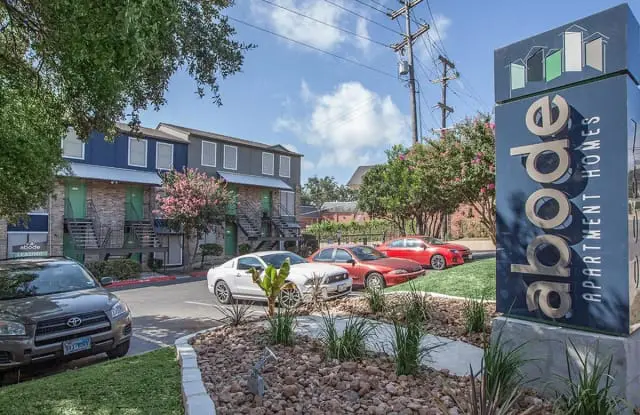Amenities are truly the frosting in the middle of the multifamily cake: from the outset, you may not notice they’re missing, but once you bite in, their absence becomes immediately obvious. Service amenities, once unheard of in anything but Class A luxury communities, are now becoming more popular among all types of multifamily.
Physical amenities can be one of the toughest points to compete on if you’re not starting from a strong place. For properties that find themselves lacking, there is often either not enough land to construct new physical amenities (think pool, gym, volleyball courts), or the land available is misshapen, uneven, and unusable for traditional needs without major alteration.
At this point, owners can either go two routes:
- Be inventive with what you have
- Offer tenants service amenities to fill what you can’t
Getting Creative
Some owners see a patch of grass and see wasted space, while others see a dog Bark Park or a children’s playground. While these more unique ideas still require usable land, they often have smaller footprints compared to an amenity like a pool and can be made to work on slightly hilly terrain or amidst trees without large disruption.
Utilizing the space to its maximum potential is and should always be of top importance to owners/investors, but sometimes there’s just not much you can do. Add to this the growing demand for housing combined with rising population and high migration to city centers and you end up with many investors owning property with little excess land and a demanding tenant base. How can these owners compete with their amenity-having competition and provide comparable value to their tenants?
Services, Services
That’s right, service amenities. Service amenities are what they sound like; the amenity itself is property-provided access to a service, location, or organization that benefits your tenant’s life, not dissimilar to how a pool benefits their life by providing entertainment and relaxation.
While these services have been offered for some time by luxury management teams to further justify their property’s high cost of living, a rising tide of working class multifamily owners have begun offering them as well, showing their need to stay competitive with land-constrained investments.
Common service amenities are health and wellness services, such as discounted gym memberships to nearby gyms in the area, or reduced rate cleaning services for a tenant’s apartment. Though new, modern, and unique service amenities are popping up every day.
For example Spruce (formerly Apartment Butler) and other similar apps work within this space, offering tenants of a signed-up community a variety of dog-walking, cleaning, and other lifestyle services. The property owner’s management company handles the sign up and coordination, and the tenants have easy access to otherwise cumbersome service providers.
The service amenity space is a great area for hands-on multifamily owners to continue to flex their creative muscles and push their properties to their highest and best use. The appeal of services as amenities is obvious: the property doesn’t need physical alteration to offer them, the tenants still gain benefits that they may not at neighboring competitors, and the investors in the community often spend much less on these offerings than they would on the upkeep and development of traditional physical assets.
As the popularity of service amenities continues to build in the sector, don’t be surprised to see some pretty unique offerings. In states that allow it, we’ve seen tenants offered vouchers to local craft breweries. Student housing communities have shown a growing trend of offering live music and DJ venue tickets at reduced rates, or partnered up with their respective college town’s university for cheap food at stadiums.
With service amenities, the possibilities are pretty much endless and the only limit is the imagination of the owner (and local laws, of course). We expect to see many more sponsors enact these programs in the coming years.






